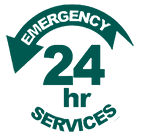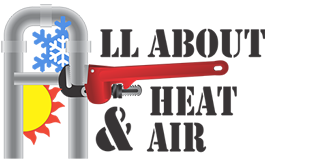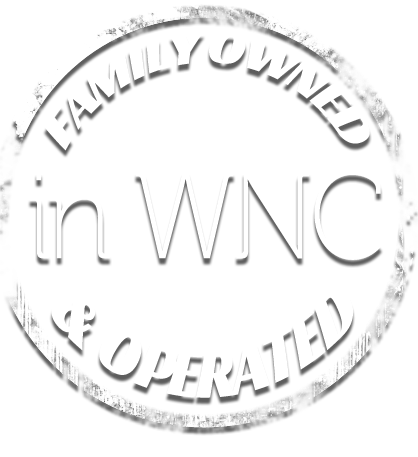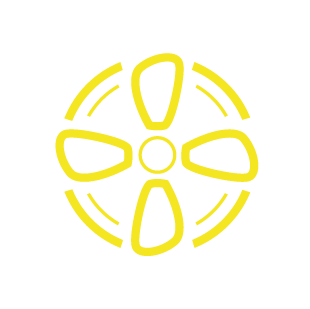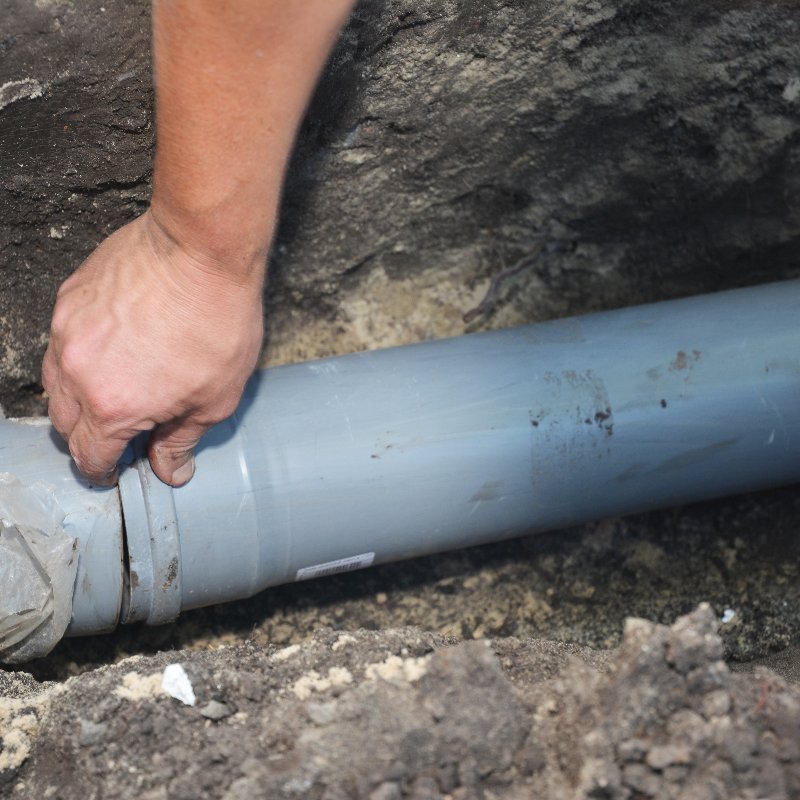
Choosing Sewer Line Inspection
You use it every day, but you never see it. It is impertinent to a properly functioning plumbing system, but you never see it. We’re talking about the sewer line to your home. Without it, or with its malfunctioning, our homes would be a major, unhealthy mess! This makes having regular sewer line inspection so important – the unseen is often the most necessary.
What does a sewer inspection consist of?
Today, sewer inspection companies will send a trained, professional technician that is licensed to inspect with specialized sewer inspection equipment to perform a sewer scope inspection.
What is a sewer scope inspection?
A sewer scope inspection is a process of inspecting your sewer line by using a camera connected to a flexible cable that will ‘snake’ through the sewer line from the house to the main sewer line. The process is done by the following steps:
- The sewer line inspection technician will run water at each appliance first to flush the sewer lines. This provides a lubricated line for the sewer scope to slide through, hopefully removing any debris. The water also helps the camera float as the flexible cable pushes it through.
- Next, the inspector finds an access point of the sewer line and checks around it for possible leaks.
- The next step, the technician inserts the camera and flexible cable into the sewer line and guides it through the sewer line. The plan at this point is for the camera and cable to go from that access point to the main sewer line connection.
- As the camera and cable are guided through the sewer line, blockage, cracks, gaps, holes, or other defects are recorded by the camera, relayed to a computer, and recorded as the technician watches a small television-like screen.
- With the sewer line inspection complete and a detailed report created, the technician will discuss what was found, if anything, and offer suggestions for any repairs or replacements needed.
The sewer inspection and cleaning are usually done at the same time. The cleaning process allows the technician to see the inside of the pipe better. How long does it take to do a septic inspection? The process typically takes an hour or less, depending on what the technician finds.
The technician will check all aspects of sewer lines from inside the house as well. This includes all the drains to make sure everything is draining, flushing, and flowing as they should. This part of the sewer line inspection is done prior to the camera part so they can observe if there are any issues. Then the camera part of the sewer line inspection allows them to pinpoint the problem if there is one.
How much is a sewer line inspection?
A professional sewer scope inspection cost can vary from area to area and the specifics of the property. Every company that offers sewer line inspections will have its own rates as well, with the average starting around $150 and reaching up to $500.
While this may seem like an unnecessary expense if you’re not having sewer line issues. However, considering it as a preventive maintenance expense, it could save you extensive amounts of money in the future. Especially if they find a need to make a small repair now before it became a bigger problem later that could cost thousands.
Sewer line inspections are required by lien holders and mortgage companies when financing the purchase of a home. If you already own your home, you may need a sewer line inspection if you’re having issues with your sewage. Issues like constant clogged drains and toilets are an indication that possibly tree roots have invaded the sewer line.
How do I know if there are roots in my sewer line?
A tree’s root system is typically three times longer than the tree’s height. So, the taller and bigger the tree, the bigger, deeper, and more complex the root system. This happens as the root reaches out seeking moisture and nutrition for the tree, which is how they end up busting through sewer lines.
They find the small crack in a pipe, or a small leak where humidity has been created. The tree roots will bust through the pipe and keep growing, expanding, and filling the sewer pipe. Eventually, the pipe is blocked. If this is left unattended, serious problems begin to develop from this root obstruction, putting the structural integrity of the entire sewer system at risk.
Here are four indications that you have a possible tree root problem and should have a sewer line inspection:
- Drains Slow Emptying
If all your drains are emptying slowly, or the toilet drains slow and gurgles as it drains, you may have tree roots in the sewer line.
- Sinkholes
Most of the time, a sinkhole is normal, but could be an indication of serious sewer line issues from tree roots. If you have a visible sinkhole in your lawn, schedule a sewer line inspection immediately and stay away from the area to avoid any accidents.
- Blocked & Collapsed Pipes
A backed-up toilet can be more than an inconvenience if there are tree roots invading the sewer line. The best way to find out why your toilet has frequent clogging is to have a sewer line inspection performed.
- Sewer Odors
If tree roots have busted and damaged your sewer lines, you will begin noticing unpleasant sewer-like odors inside & outside your home, like rotten eggs. This definitely justifies having a professional sewer line inspection.
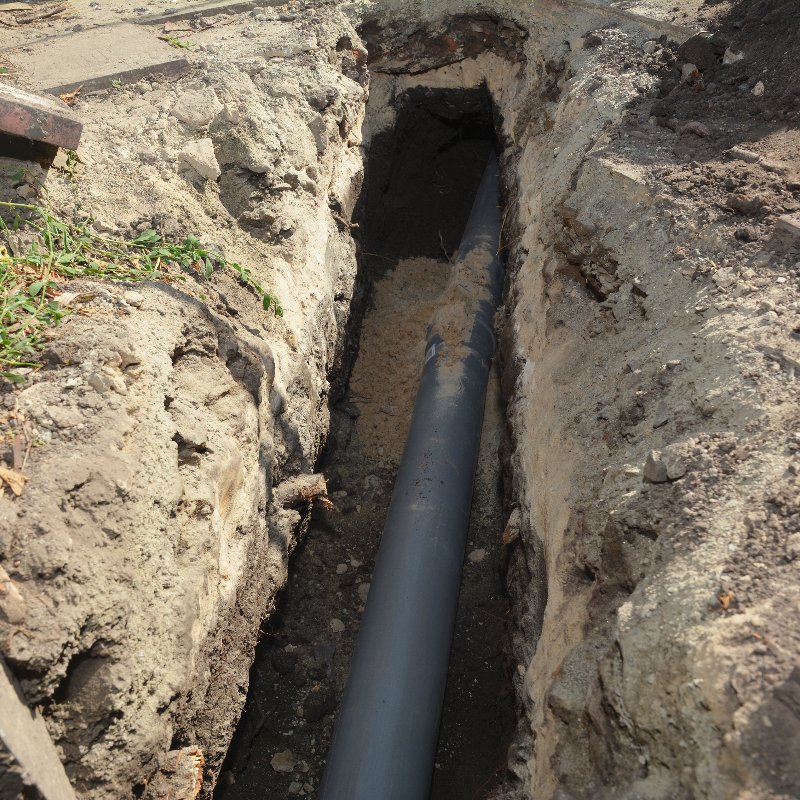
In Closing – The Effects of Unrepaired Sewer Lines
In addition to unrepaired sewer lines causing structural damage that can cost thousands, the following health risks to your family are possible:
- Bacteria can lead to cholera, E-coli, salmonella, and typhoid fever.
- Funguses like aspergillus can grow, causing allergy symptoms and irritating anyone that suffers from asthma or other breathing issues.
- Parasites like giardia lamblia and roundworm may begin to breed, causing diarrhea, fever, nausea, and stomach cramps.
- Sewage can develop hepatitis and lead to liver disease.
- Harmful gases like carbon dioxide, chlorine, hydrogen sulfide, methane, and nitrous oxide remove oxygen from your home.
- Mold spores can worsen any preexisting respiratory issues and irritate the eyes and skin.
These are just a few of the things that make sewer line inspections important.

